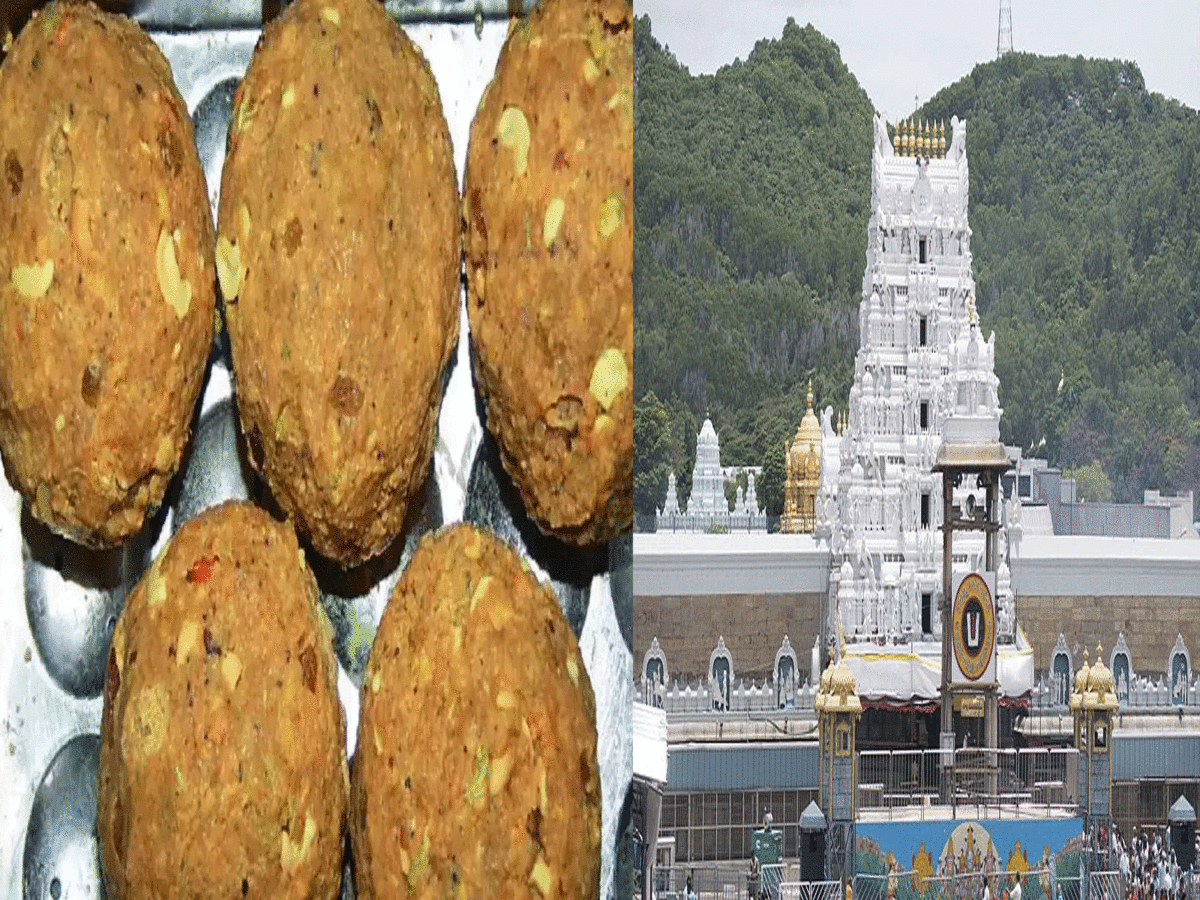New Delhi: The controversy surrounding the Tirupati Laddoo has taken an interesting turn with new revelations about how ingredients like ghee were carefully handled at the Tirupati temple centuries ago. Recently, there were concerns raised about the use of adulterated ingredients like beef tallow and fish oil in the sacred prasadam. This prompted a look back into ancient inscriptions on the walls of the Tirumala temple that detail how ghee was managed long ago.
According to a report by The Hindu, these inscriptions, found in Sanskrit, Tamil, Telugu, and Kannada, date back to as early as the 8th century and continue through the 18th century. Among the 1,150 inscriptions across temples in Tirupati and Tirumala, around 700 of them are etched on the walls of the Tirumala temple itself. One particular inscription from 1019 CE mentions how ghee was systematically packed and transported to the temple, ensuring its purity and proper handling.
The inscription, located on the northern wall of the temple’s Ananda Nilayam, reveals that a king appointed an officer to oversee the services and donations at the temple. This officer’s role was to ensure that the ghee, used both in preparing prasadam and for the temple’s perennial lamp, was packed well and safely delivered to Tirumala along with other daily provisions.
This is believed to be one of the earliest records of a formal committee tasked with investigating and preventing lapses in the preparation and offering of food at the temple. Furthermore, the temple has long followed a strict procedure, known as the “Dittam,” for maintaining the quality and quantity of food offerings. From the Pallava era onwards, an appointed officer would carefully check the food before it was offered as Naivedyam, ensuring the temple’s traditions were followed without compromise.
These ancient practices highlight the significance of preserving the sanctity of the temple’s offerings and ensure the prasadam remains pure, untouched by any form of adulteration.
